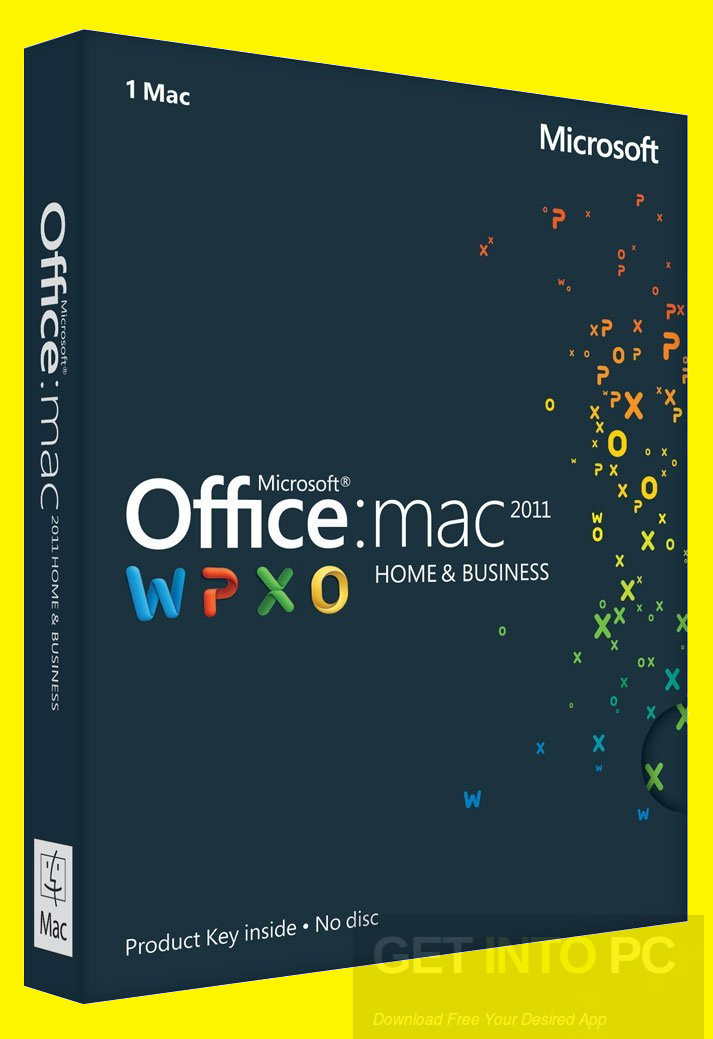Microsoft Office 2011 14.3.3 For Mac

Microsoft Office for Mac 2011 offers a solid update to the Word, Excel, PowerPoint, and the other members of the productivity suite. Though the latest package.
KB Articles:Security bulletins:.This update fixes critical issues and also helps to improve security. It includes fixes for vulnerabilities that an attacker can use to overwrite the contents of your computer's memory with malicious code. For more information about this update, please visit the.Applies to: Office 2011, Office 2011 Home and Business Edition, Word 2011, Excel 2011, PowerPoint 2011, Outlook 2011, Office for Mac Standard 2011 Edition, Microsoft Office for Mac Home & Student 2011, and Microsoft Office for Mac Academic 2011. Supported Operating SystemApple Mac OS X, Macintosh. Operating System Versions: Mac OS X version 10.5.8 or a later version of Mac OSNote To verify that your computer meets these minimum requirements, on the Apple menu, click About This Mac.
Microsoft Office for Mac 2011 Service Pack 1 (14.1.0): You can download this update for free from the.Note To verify that you have installed this update, you can open any Microsoft Office 2011 application to check the version number. For example, open Word, and then on the Word menu, click About Word. In the dialog box, compare the version number next to Latest Installed Update. To install this update.
Print this page if you want to use it as a reference when you are offline. Quit any applications that are running, including all Office applications, Microsoft Messenger, and Office Notifications, because they might interfere with the installation. Make sure that your computer meets the minimum system requirements. Click Download, or click the link for the language version that you want. Follow the instructions on the screen to save the file to your hard disk. If you are using Safari, the downloaded file is saved to the desktop or your Downloads folder unless you specified a different location in the Preferences dialog box of Safari.
To check your preferences, on the Safari menu, click Preferences, and then click General. Double-click the file that you downloaded in step 5 to place the Microsoft Office 2011 14.7.3 Update volume on your desktop, and then double-click the Microsoft Office 2011 14.7.3 Update volume to open it. This step might have been performed for you. In the Microsoft Office 2011 14.7.3 Update volume window, double-click the Office 2011 14.7.3 Update application to start the update process, and then follow the instructions on the screen. If the installation finishes successfully, you can remove the update installer from your hard disk.
To remove the update installer, first drag the Microsoft Office 2011 14.7.3 Update volume to the Trash, and then drag the file that you downloaded to the Trash.Note This update is also available from Microsoft AutoUpdate, an application that can automatically keep your Microsoft software up to date. To use AutoUpdate, open an Office application, and then on the Help menu, click Check for Updates.To remove this updateThis update does not include an uninstall feature.
To restore your application to its original state, delete it from your hard disk, reinstall it from your original installation disk, and then install the updates that you want.If you have trouble installing this update or using Office 2011 applications after you install this update, try the following:. Make sure that the Microsoft Office 2011 folder is located in the Applications folder on the startup volume. If it is at another location on your computer, move it to the Applications folder on your startup volume, and then try installing the update again. Restart your computer and try installing the update again.
Make sure that the user account you use to authenticate the update installer is an administrator account. For more information about administrator accounts, see Mac Help. Make sure that you downloaded the correct language version of the update for your copy of Office. If you rename or modify any of the files in the Microsoft Office 2011 folder, you cannot install product updates. To correct this issue, drag the Microsoft Office 2011 folder to the Trash, and then reinstall Office 2011 from your original installation disk. If you experience problems opening Office applications after you install this update, restart your computer. If you continue to experience problems after you restart, reinstall Office from your original installation disk, and then install this update again.For additional assistance, visit the.
You must be signed in as an administrator on the Mac or provide an administrator name and password to complete these steps. Remove Office for Mac applications.Open Finder Applications.Command+click to select all of the Office for Mac applications.Ctrl+click an application you selected and click Move to Trash.Remove files from your user Library folder.In Finder, press+ Shift+g.In the window that opens, enter /Library and then click Go.Open the Containers folder and ctrl+click each of these folders and Move to Trash. Note that some of these folders may not be present.com.microsoft.errorreporting.com.microsoft.Excel.com.microsoft.netlib.shipassertprocess.com.microsoft.Office365ServiceV2.com.microsoft.Outlook.com.microsoft.Powerpoint.com.microsoft.RMS-XPCService.com.microsoft.Word.com.microsoft.onenote.mac. Dilong analog controller driver. Warning: Outlook data will be removed when you move the three folders listed in this step to Trash.
You should back up these folders before you delete them.Click the back arrow to go back to the Library folder and open Group Containers. Ctrl+click each of these folders if present, and Move to Trash.UBF8T346G9.ms.UBF8T346G9.Office.UBF8T346G9.OfficeOsfWebHostRemove from Dock and restart.If you put any of the Office applications in your Dock, go to each one and ctrl + click Options Remove from Dock.Restart your Mac to complete the uninstall.Related Topics. All of your Office for Mac 2011 apps will continue to function.
However, you could expose yourself to serious and potentially harmful security risks. Upgrade to a newer version of Office so you can stay up to date with all the latest features, patches, and security updates.To uninstall Office for Mac 2011 move the applications to the Trash. Once you've removed everything, empty the Trash and restart your Mac to complete the process.Before you remove Office for Mac 2011, quit all Office applications and make sure there's nothing in Trash that you want to keep. Leave Office applications closed while you go through this process.
Uninstall Office for Mac 2011.
